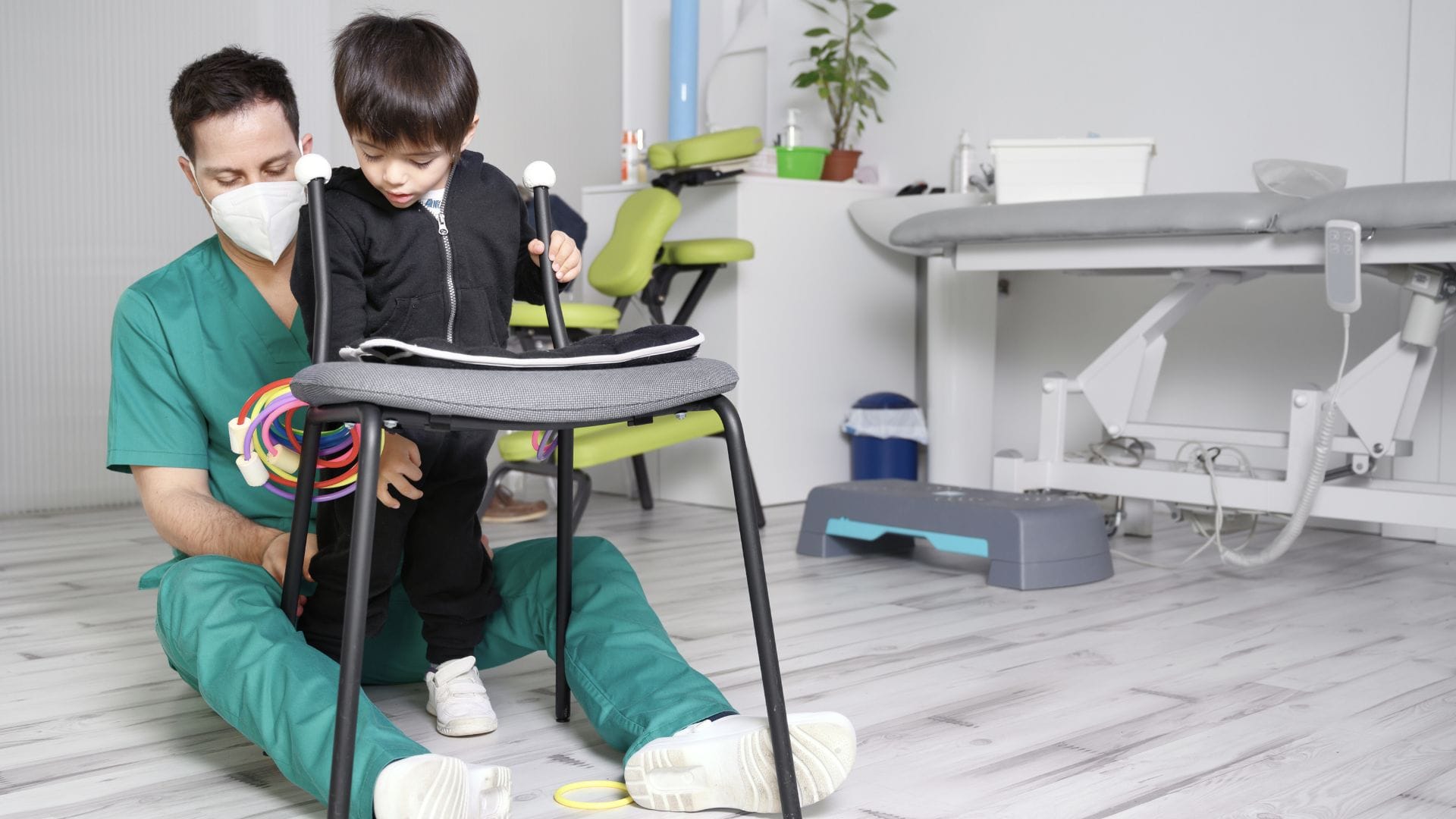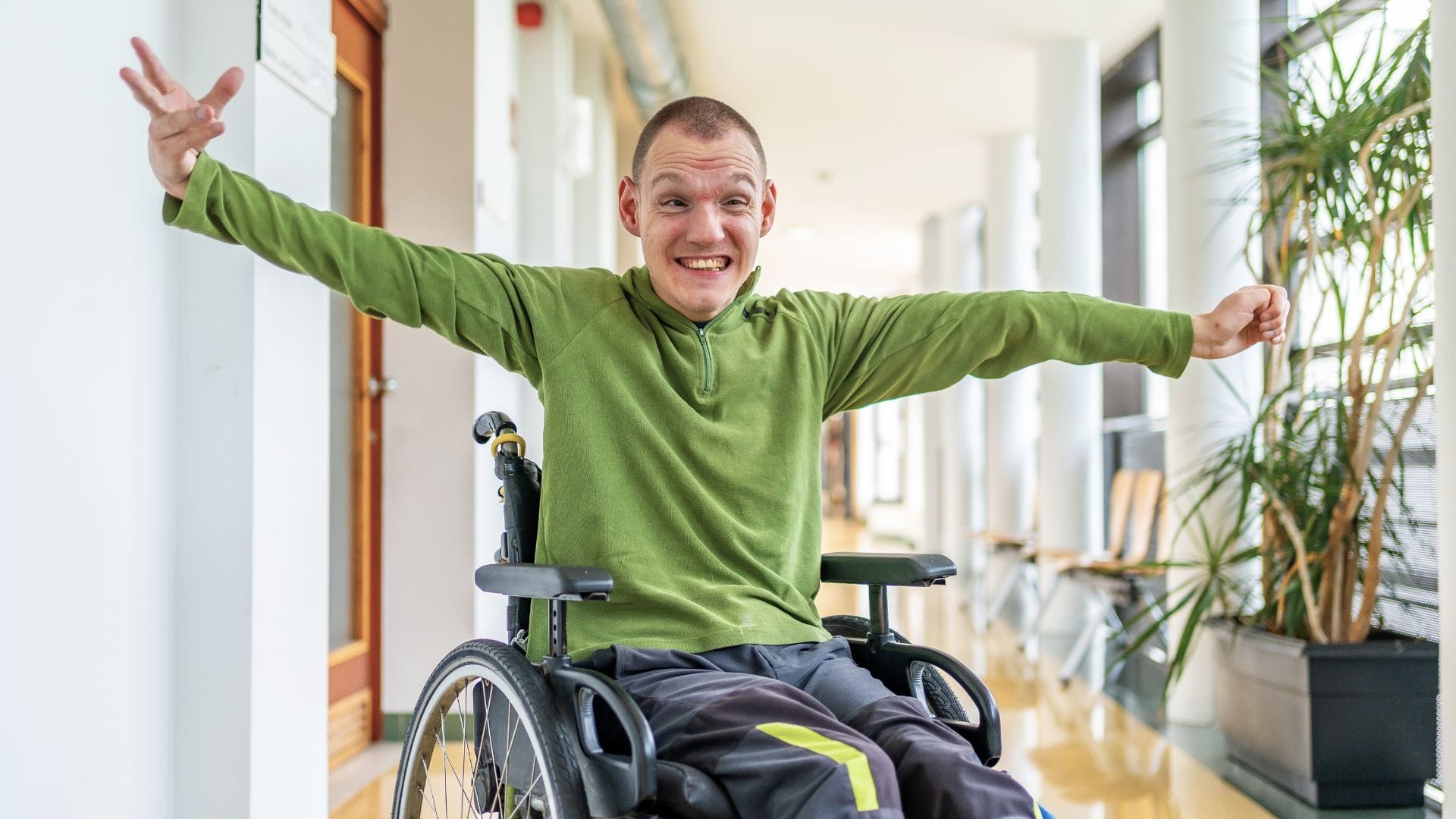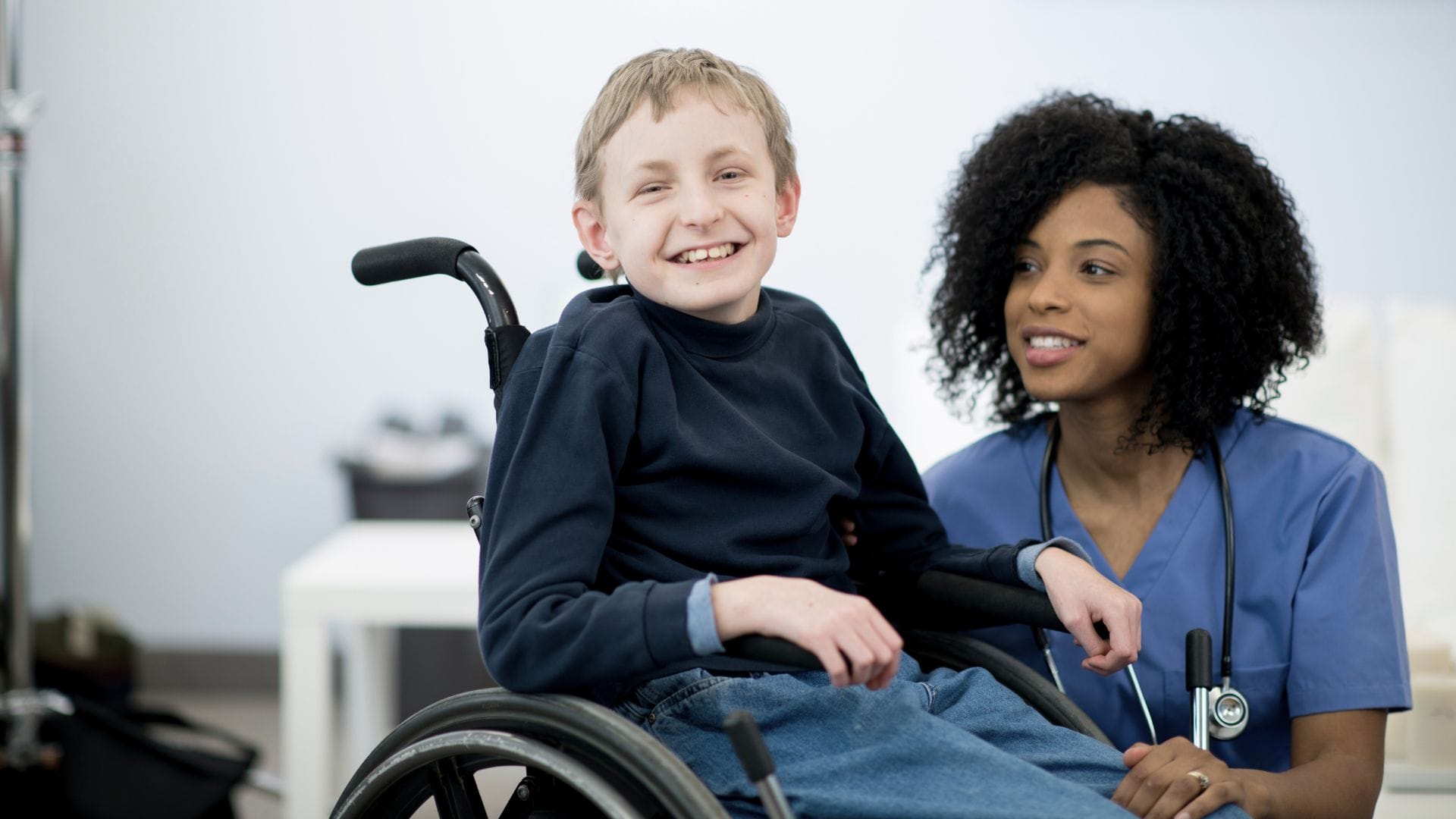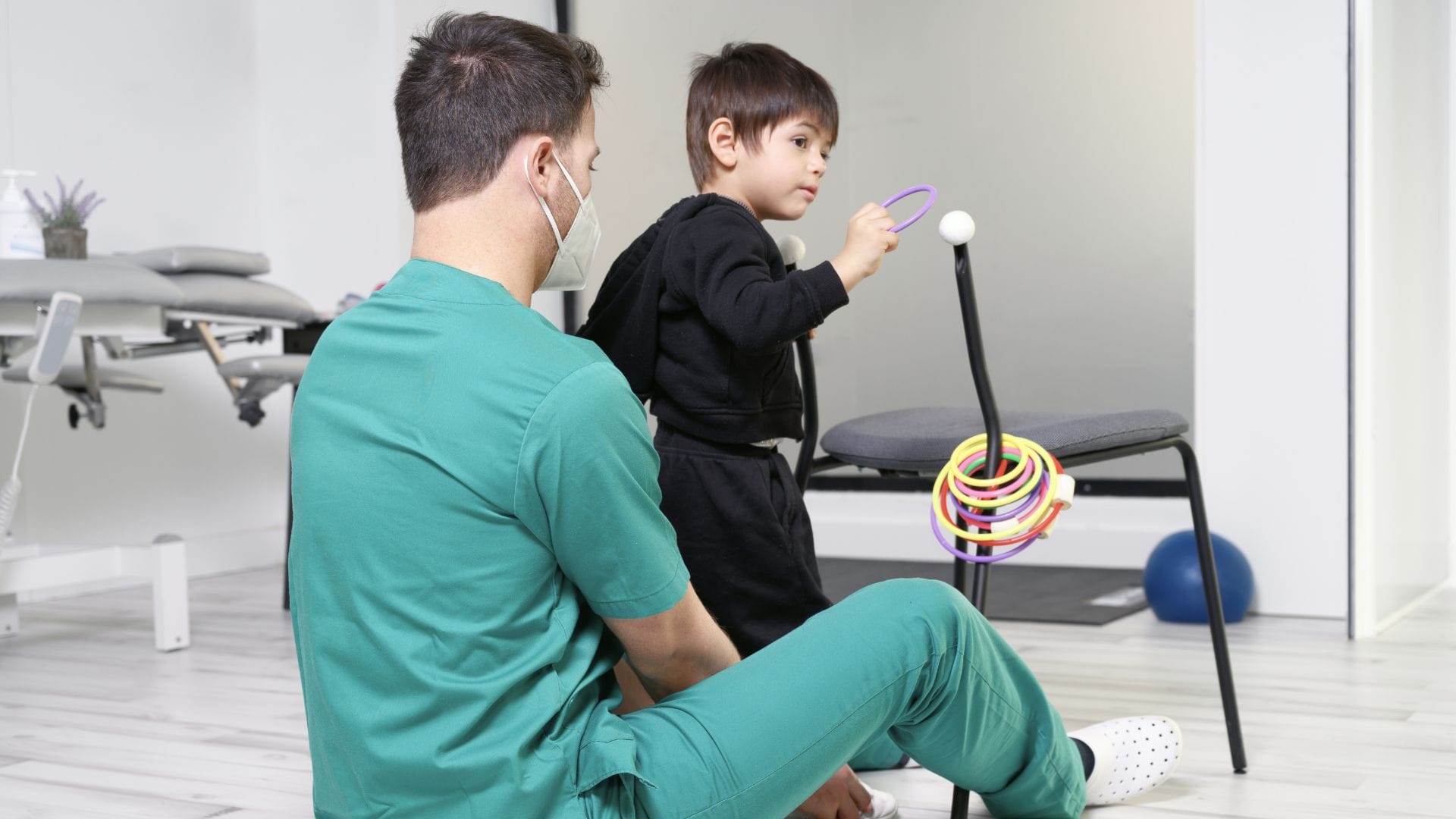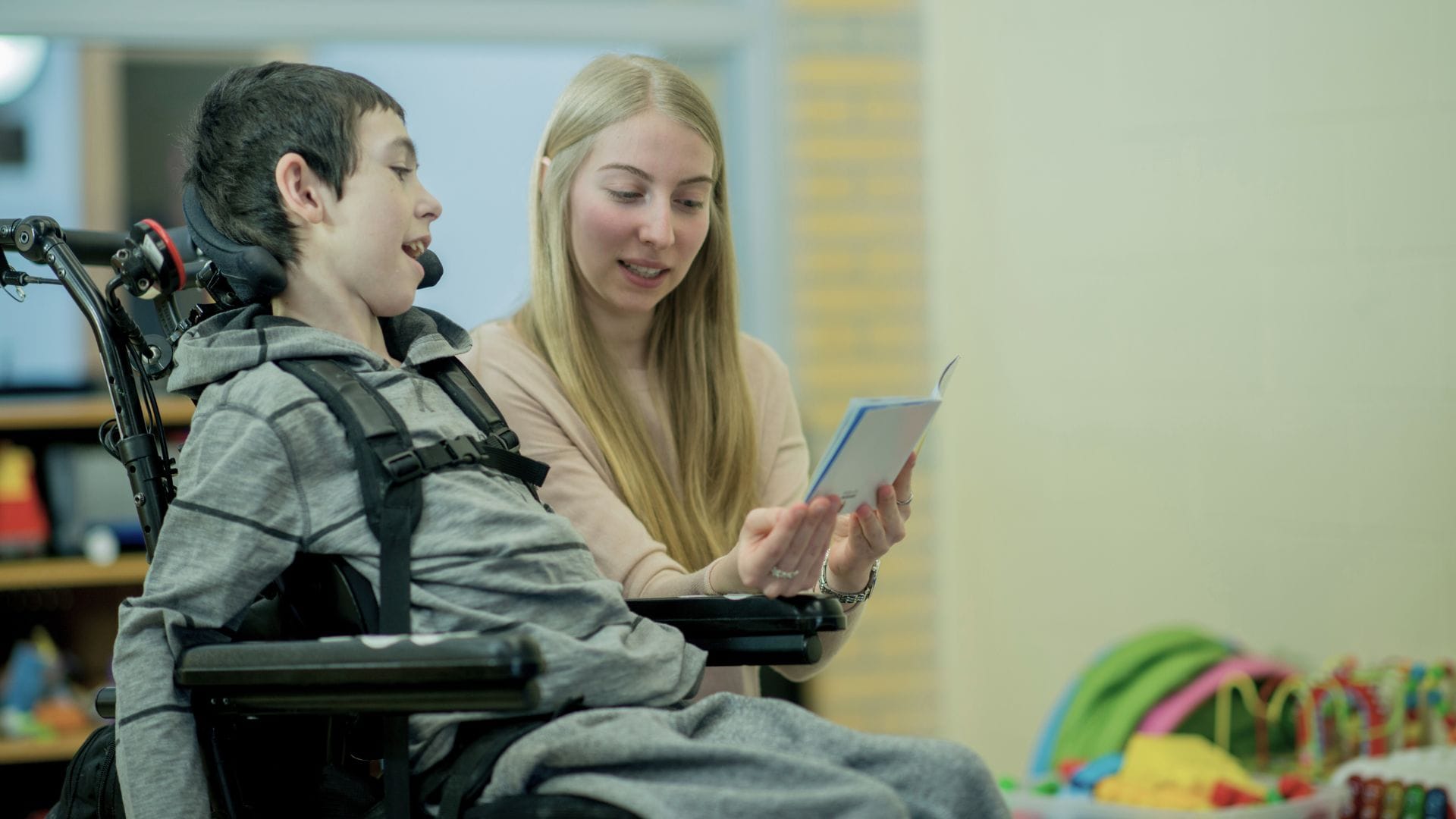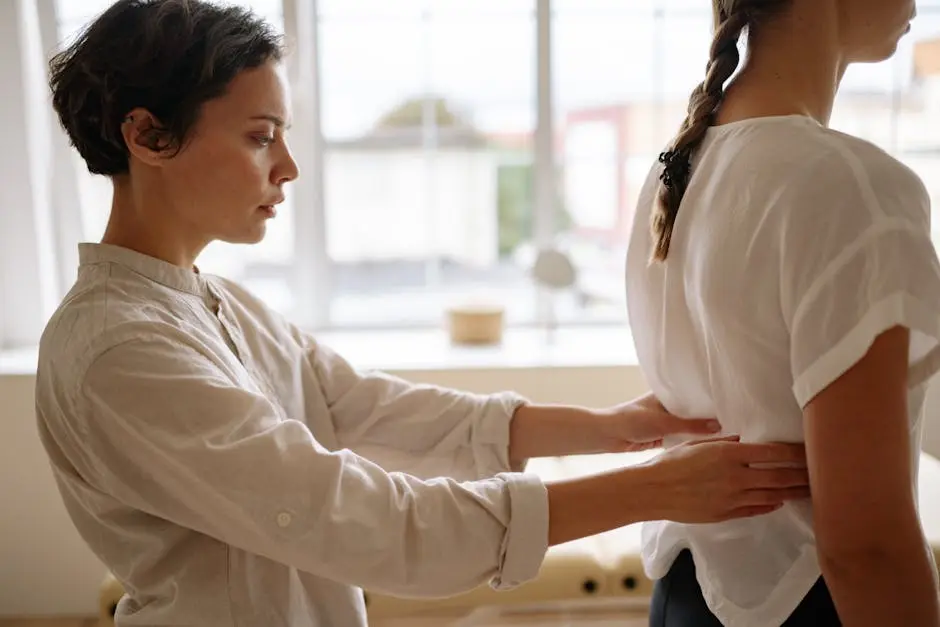Key Takeaways
- Physiotherapy’s Role: Enhances mobility and prevents complications in CP.
- Techniques Used: NDT, CIMT, robotic-assisted therapy, and more.
- Exercise Routines: Include stretching, strengthening, balance, and gait training.
- New Advances: Robotics, VR, tele-rehab, and wearable sensors are changing therapy.
- Parental Guidance: Expert advice and practical tips for supporting children.
Introduction & Overview of Physiotherapy for Cerebral Palsy
Hey, so have you ever wondered what physiotherapy for cerebral palsy really entails? I mean, how can targeted exercises and techniques help a child with CP move better and feel more confident? In this article, we break it down in plain talk, kinda like chatting with a friend who’s been around the block.
Physiotherapy for CP is all about helping kids build strength and improving movement through practical, simple exercises. I’ve seen firsthand how even small changes in a child’s routine can lead to big improvements in their day-to-day activities. So, what does it all mean? Well, it means that by focusing on guided exercises, therapists can help reduce joint tightness and muscle stiffness, which are common in CP.
Here at Physio Cure Dubai, we believe in straightforward approaches. What’s really cool is that early intervention can take advantage of a kid’s natural ability to adapt, even before a formal CP diagnosis is made. Yup, it’s all about catching things early and working with what nature gives you.
Some might ask, “Do these therapies work for every child?” The answer is, not exactly the same for all, but with personalized plans, many kids show noticeable improvements. We cover all the bases – from muscle training to balance exercises – ensuring that therapy sessions are as effective as they are engaging. This isn’t some robotic lecture; it’s real talk from folks who care and understand the struggles.
The journey can be a bit bumpy sometimes, but every question answered along the way makes the process clearer. Keep reading, and you’ll find out how each step builds on the last, helping children with CP reach their full potential in a very natural, down-to-earth way.
Role and Benefits of Physiotherapy in Cerebral Palsy
Ever wonder how physiotherapy actually benefits children with cerebral palsy? Well, the answer is a mix of improved mobility, better posture, and increased independence. Kids with CP often face muscle tightness and joint problems, and regular therapy can help ease these issues.
Some key benefits include:
- Improved Movement: By targeting specific muscle groups, physiotherapy helps reduce spasticity and enhance motor function.
- Preventing Complications: Consistent exercises can lessen the chance of joint contractures and severe muscle tightness.
- Enhanced Daily Function: With better posture and gait, kids are more capable of joining in daily activities, whether it’s playing or just moving around at home.
Here’s a quick table summarizing the benefits:
| Benefit | What It Means |
|---|---|
| Increased Mobility | Easier movement and less stiffness |
| Better Posture | More stable sitting and standing |
| Independence Boost | Ability to perform daily tasks |
| Muscle Strengthening | Reducing risks of injury |
Now, you might ask, “How does physiotherapy make such a difference?” The answer lies in its tailored approach. Every child is different, and so the exercises are adjusted to meet their unique needs. Therapists work on increasing range-of-motion and enhancing muscle control, which in turn builds confidence. Simple questions like “Can my child sit longer?” or “Will this exercise help with walking?” often come up in sessions – and the responses are always backed by careful observation and experience.
Linking to more detailed info, you can check out our Pediatric Physiotherapy page for additional insights. Regular sessions not only help with the physical aspects but also educate families on safe handling and home routines. So, if you’re a parent wondering if these exercises really count, the answer is a big yes – they can make a world of difference in a child’s day-to-day life.
Physiotherapy Treatment Techniques for Pediatric CP
What exactly are the main techniques used in physiotherapy for CP? Let’s chat about that. There are several tried-and-true methods, each with its own focus and benefits. First off, there’s Neurodevelopmental Treatment (NDT), sometimes known as the Bobath approach. This method uses hands-on techniques to help kids learn more normal movement patterns. Ever asked, “How can gentle handling change a child’s movement?” Well, NDT tries to guide the child’s body in ways that minimize abnormal reflexes and support better control.
Next, there’s Constraint-Induced Movement Therapy (CIMT). This technique is mainly for kids who have one side of the body that’s weaker. CIMT works by temporarily restraining the stronger limb, encouraging the child to use the weaker one more. You might be thinking, “Is it safe to restrict one arm?” Yes, when done under proper guidance, it improves muscle use and coordination over time.
Then we have Robotic-Assisted Therapy, which is a newer approach. Using robotic devices, therapists can help guide a child’s movements, whether it’s during walking or when practicing arm motions. The cool part is that these machines can repeat movements with high precision, making it easier for a child to learn the correct motion patterns. Have you ever wondered how technology can support therapy? This is one answer, where the machines supplement human expertise.
Here’s a quick look at a table that compares these methods:
| Technique | Focus Area | Key Benefit |
|---|---|---|
| NDT (Bobath) | Normalizing movement patterns | Hands-on guidance and posture control |
| CIMT | Unilateral motor improvement | Boosts use of the weaker limb |
| Robotic-Assisted Therapy | High repetition of movements | Precise, repetitive training support |
Each method has its quirks and works best when customized for the child’s needs. So, if you’re asking, “Which technique is right for my kid?” the answer really depends on their specific challenges and strengths. Therapists often combine these methods to create a well-rounded program, ensuring that every movement is optimized. The simple truth is, by asking the right questions and understanding each approach, parents and therapists can make informed decisions that lead to noticeable improvements in a child’s daily life.
Recommended Physiotherapy Exercises for Children with CP
Alright, now let’s talk about exercises. What exercises are best for kids with cerebral palsy? It might seem confusing at first, but when you break it down, it’s all about simple movements that boost strength, flexibility, and balance.
Some exercises include:
- Stretching and Flexibility: Gentle stretches for the hamstrings, calves, and hip muscles help maintain muscle length and joint range. For example, a simple calf stretch done for 30 seconds on each side can make a big difference.
- Strengthening: Exercises like bridging (where a child lies on their back and lifts their hips) or modified push-ups can build muscle power. Resistance bands or even light weights might be used if the child is ready.
- Balance and Coordination: Games that involve reaching for a toy or shifting weight from one foot to the other help improve balance. Ever asked, “How can we make balance fun?” Simple activities like tossing a ball while standing on one foot can be both enjoyable and effective.
- Gait Training: For those who can walk or use assistive devices, practicing walking patterns on different surfaces or with a walker can enhance stability. Even simple activities like stepping over small obstacles can boost confidence.
Let’s take a quick look at a sample exercise plan in a table:
| Exercise Type | Example Activity | Benefit |
|---|---|---|
| Stretching | Hamstring and calf stretches | Maintains flexibility |
| Strengthening | Bridging and modified push-ups | Increases muscle power |
| Balance/Coordination | Reaching games and weight shifting | Improves balance and coordination |
| Gait Training | Treadmill or overground walking drills | Enhances walking ability |
The beauty of these exercises is their simplicity. Therapists often ask, “Can these routines be fun?” And yes, by incorporating play-like elements—like pretending to be a superhero stretching out or playing catch during balance drills—children stay motivated. Routine matters here. Consistent practice not only helps with immediate motor skills but also builds a strong foundation for long-term improvements.
Parents might wonder, “How do I know which exercise is right for my child?” That’s where regular check-ups with a trained physiotherapist come in. At Physio Cure Dubai, our specialists tailor each session to the child’s unique abilities and progress. Remember, even small, daily exercises can add up over time, leading to a healthier, more active lifestyle for the child. It’s all about finding that balance between fun and functional practice.
Latest Advancements and Research in Pediatric CP Physiotherapy
Curious about what’s new in the world of CP physiotherapy? There’s been a bunch of advancements lately that are changing how therapy is done. First off, early diagnosis is getting better thanks to improved MRI techniques and motor assessments. This means therapy can start even before a full CP diagnosis is made, making a big impact early on.
Then there’s the role of robotics. Ever thought, “How can a robot help my child walk better?” Well, robotic-assisted devices now offer precise support during gait training. These machines, such as robotic treadmills and exoskeletons, allow for repeated, controlled practice. They help kids learn the correct movements while supporting their body weight, which is a big plus for many families.
Virtual reality (VR) and interactive games are also on the rise. VR setups create fun, immersive environments where children practice reaching, balancing, or stepping. This tech provides real-time feedback and makes the exercises feel more like a game rather than a chore. Kids might ask, “Is this just a video game?” and the answer is, not really—it’s a tool that encourages the right kind of movements and engagement.
Tele-rehabilitation has also become more popular, especially when in-person sessions aren’t possible. Video calls and remote coaching sessions let therapists guide parents and children through exercises from home. This approach has shown results similar to traditional therapy, making it easier for families in remote areas.
Wearable sensors are another cool advancement. These little gadgets track a child’s movement and muscle activity in real time, giving therapists precise data to tailor the treatment. They’re like a fitness tracker, but for therapy—helping to see improvements in gait, posture, and muscle activation.
Here’s a simple bullet list of these advancements:
- Early Diagnosis: Faster and more accurate, leading to early intervention.
- Robotic Devices: Offer consistent, controlled gait training.
- Virtual Reality: Makes therapy interactive and engaging.
- Tele-rehabilitation: Brings expert guidance directly to your home.
- Wearable Sensors: Provide real-time data for personalized therapy.
These technologies aren’t here to replace the therapist; they complement traditional methods by increasing repetition and engagement. For example, robotics may not be as flexible as hands-on techniques, but they help in achieving high-dosage practice in a safe way. And with VR, even children who might be hesitant about exercises can find the process fun and interactive.
The research is ongoing, but initial results show promising improvements in gait speed, balance, and overall motor control. If you’re interested in more details, check out our latest updates on our Blog. Asking questions like “What does the latest study say?” is natural, and the answer is, these innovations are paving the way for more personalized and effective therapy plans. The future of CP physiotherapy looks brighter with each technological stride, promising a better quality of life for many children.
Comparative Discussion: NDT vs CIMT vs Robotic Therapy
So, which physiotherapy method works best for cerebral palsy? It’s a common question that pops up in many sessions. Let’s break down the differences between Neurodevelopmental Treatment (NDT), Constraint-Induced Movement Therapy (CIMT), and Robotic-Assisted Therapy in a clear, side-by-side way.
NDT (Bobath Approach):
- What it does: Uses hands-on techniques to guide natural movement patterns.
- Pros: Good for younger kids and those with severe motor issues.
- Cons: Some studies show mixed evidence on its effectiveness.
- Common Q: “Does NDT really improve control?” – It can, especially when combined with other methods.
CIMT:
- What it does: Restricts the stronger limb so the weaker one gets more use.
- Pros: Proven to boost motor skills in the affected limb; effective for hemiplegic CP.
- Cons: Requires high levels of engagement and consistency; not ideal for all cases.
- Common Q: “Is it safe to restrict one arm?” – Yes, if done properly with professional guidance.
Robotic-Assisted Therapy:
- What it does: Uses robotic devices to assist and correct movement, offering repetitive and controlled practice.
- Pros: Provides high repetition with precision; especially useful in gait training.
- Cons: Technology is still evolving; best used as a complement rather than a standalone solution.
- Common Q: “Can a machine really help my kid learn to walk?” – The evidence is growing, but it works best when paired with traditional methods.
Here’s a simple table to compare:
| Technique | Key Focus | Main Benefit | Main Limitation |
|---|---|---|---|
| NDT (Bobath) | Normalizing movement | Improved posture & basic movement | Mixed scientific support |
| CIMT | Unilateral training | Enhanced strength in weaker limb | Requires consistent practice |
| Robotic Therapy | High-repetition training | Precise, controlled gait training | Still evolving; best as a supplement |
It’s clear that no single method is the “magic bullet.” Each approach has its own strengths, and oftentimes, therapists will mix and match them to suit a child’s specific needs. For instance, a child might start with NDT to establish basic movement patterns and then move to CIMT to build strength in a weaker limb, with robotic support added for repetitive gait practice.
This discussion is important because it shows that therapy is not one-size-fits-all. Asking questions like “What works best for my child?” is natural, and the answer usually involves a blend of these techniques. For more perspectives, you can also look into articles such as How Physical Therapy Helps Children with Autism to see how tailored approaches are beneficial across different needs.
Expert Opinions and Practical Advice for Parents
When it comes to physiotherapy for cerebral palsy, real-world insights from experts can be super helpful. Parents often ask, “What should we really do at home?” or “How do we know if the therapy is working?” Drawing on years of experience, our team at Physio Cure Dubai shares some practical advice.
Our experts, like Dr. Shaimaa Hamdalla, Dr. Talaat Abdelhakeem, and Dr. Mina Gamil, often say that consistency is key. “How often should therapy be done?” is a question we hear a lot. The answer? Regular sessions, even if they’re short, can make a noticeable difference over time.
It also helps to ask, “What can we do at home?” Simple routines like guided stretching, balance games, and even using everyday objects for strength exercises can reinforce what’s learned in the clinic. For instance, turning a daily walk into a mini-gait training session or playing a simple game that requires reaching can boost progress. Our team stresses that home routines should be fun and integrated into daily life—not a chore.
Some practical tips include:
- Keep a Log: Jot down progress, noting improvements or challenges.
- Stay Engaged: Regularly ask your therapist questions and adjust exercises as needed.
- Use Visual Cues: Sometimes videos or simple charts help track progress.
- Create a Supportive Environment: Celebrate small wins and encourage the child.
It’s normal to have doubts along the way. “Will this really help in the long run?” is a common worry. Our experts reassure parents that while progress might be gradual, each small step is a win. Listening to advice from experienced clinicians, such as those featured in our Testimonials, can also provide extra confidence.
Every child is unique, so the therapy plan is tailored to their strengths and challenges. Practical, down-to-earth advice—not fancy jargon—goes a long way. So, if you ever feel overwhelmed, remember that asking questions and seeking guidance is part of the process. Parents, keep the communication open with your therapist and celebrate every bit of progress.
Conclusion
To wrap things up, physiotherapy for cerebral palsy is about using targeted, simple techniques to improve a child’s movement, strength, and overall quality of life. We’ve looked at various methods—from NDT and CIMT to robotic-assisted therapy—and how each plays a role in helping kids achieve their potential. By incorporating regular exercises, staying updated on new research, and following expert advice, families can support their children every step of the way.
FAQ
Most therapists recommend regular sessions (a few times a week), with simple home exercises on off-days. Consistency is more important than length.
There isn’t a one-size-fits-all answer. The method is tailored to each child’s needs, often combining NDT, CIMT, and sometimes robotic-assisted therapy.
Yes, regular therapy can improve mobility, balance, and daily function, leading to more independence over time.
Engage in simple stretching, balance exercises, and fun motor activities. Keep a progress log and ask your therapist for personalized tips.

